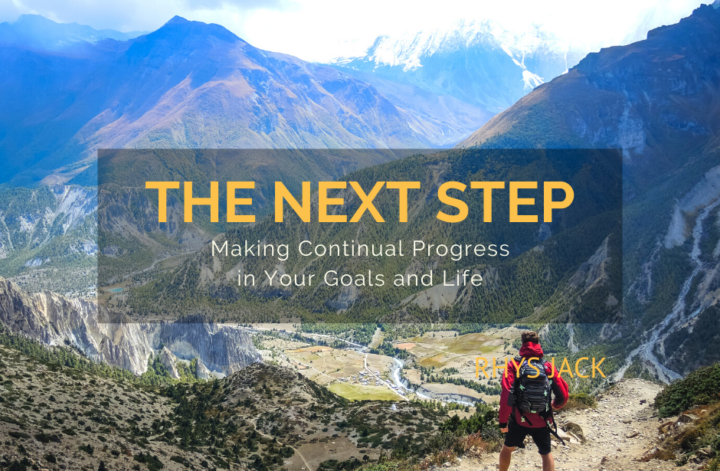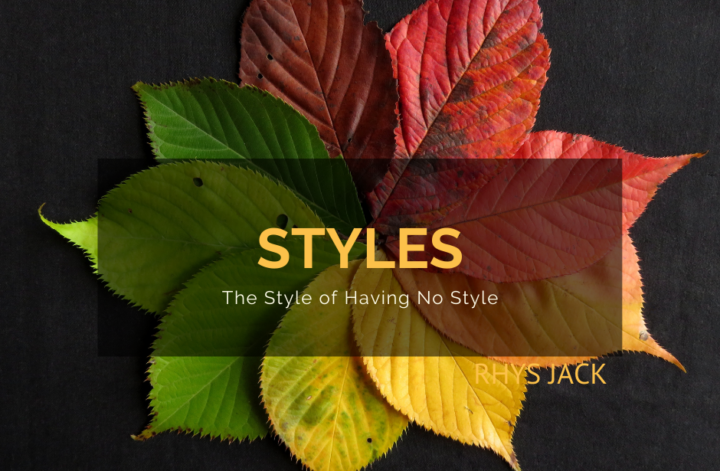In Brazilian Jiu-Jitsu the aim of the game is to get through your opponent’s defences and win the match using as little energy and force as necessary.
To do this you need some level of creativity, an awareness of what’s happening around you and efficient use of the tools available to you; these tools could be your arms, your legs, your eyes, your feet, your fingers, your clothing, even you opponents limbs or clothing which can be used against them.
The aim is to apply those tools in different ways to get you to where you want to be – past their defences and in control of the match.
For me, being efficient simply means using less energy to achieve more output. And just like on the mat, it’s a mindset that I try to apply in many areas of life so that I’m able to focus more of my time and energy on the things I care about.
This year more than any other I can remember has revealed the number of technological tools we have available all around us to make our lives more efficient.
Call it the benefit of the pandemic – necessity is the mother of invention, but over the course of this year I tried out some great apps (and some not so great apps) and found a few that have made specific areas of my life a little bit easier.
Everyone has discovered the power of tools like zoom this past year for making online calls and meetings happen, so I haven’t added it to this list for obvious reasons. But here’s a list of 8 other apps and tools I’ve found helpful this year and how I’ve specifically used them to get more output in less time.
Loom – Virtual post-it notes
What I use it for – Sending short how-to videos or responses on documents. These can be sent, saved and replayed later for similar situations.
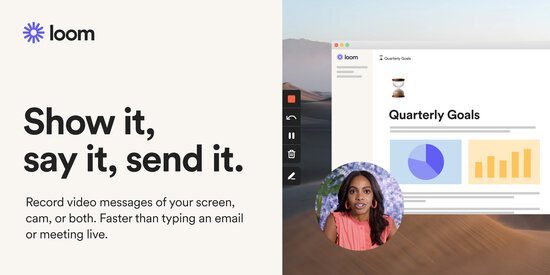
Loom is a tool I’ve only discovered in the past few months but already it’s one that has blown my mind with how useful it is. Loom works just like zoom. Except it’s just you and your desktop being recorded and saved.
You record a note, or give instructions on your desktop, and the video can be easily sent to whoever needs to see it.
It’s like a virtual post-it note, and a great way to automate the teaching process for repetitive tasks, or showing people how you specifically like things to be done.
Onenote – Online Notebooks
What I use if for: Important notes I want to save and come back to in the future -things like blog post ideas, draft wording for articles, websites and quotes.
Onenote is a note-taking app from Microsoft which allows me to organise my notes in one place. There is a lot of different note-taking apps out there, but I find this is simple enough for me to use and I can create different notebooks and access them easily.
I always keep a pen and multiple real notebooks with me in real life, but some things are very useful to be kept in a virtual space. For example, blog post ideas, websites I like, or notes from classes and online video’s I’ve watched which can be easily recalled later, rather than risk it being forgotten in my real-life notebooks which I’m writing in through the day.
G-Drive and Google Docs – Documents in the Cloud
What I use it for: Storing documents so that I can access and edit them from anywhere.
I only really discovered how great G drive and Google docs were this year because of the pandemic. I had to organise all of my files for my company and my blog so that I could see and use them anywhere, rather than keeping them all on a desktop or in a file, and G drive has been great.
It allows me to access files in the cloud anywhere and it’s easy to share any file with other people or access those files on a smartphone. Simple.
1password – Password and Login Security
What I use it for: login details, improving password strength and storing important information.
1password is another cool app I only really committed to this year. It keeps all of your passwords in one place, and allows you to easily change them to encrypted passwords, the only thing you need to remember is a master password, and it does the rest.
Instead of messing around trying to remember which password or email I used where, or having to reset them all the time. I just save the details to 1password and then it calls them up when I want to access them.
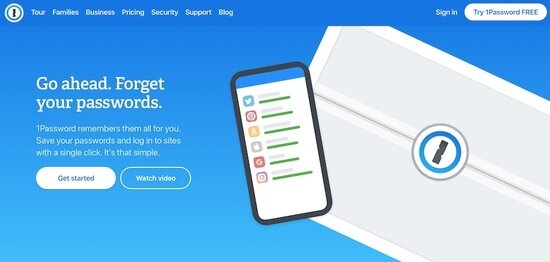
Online security was a big issue for a lot of people and companies this year, and it seems like it’s only getting worse. Once I got the hang of 1password, it made things a lot easier and gave me added peace of mind that my details are secure.
Grammarly – Spelling & Grammar
What I use it for – Spelling and grammar for emails, documents and blog posts.
I’ve been using Grammarly for a few years now and have used it to check literally hundreds of thousands of words. While my spelling isn’t perfect, I find it to be much better when I have the Grammarly app open in the background.
Whether it’s an email or a blog post, it adds a level of confidence to what you’ve written when you know there are no major issues on Grammarly.
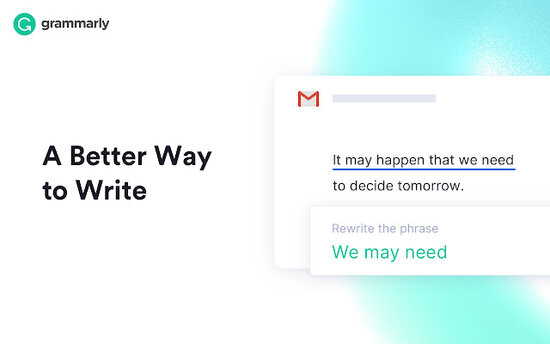
Canva – Easy DIY Graphic Design
What I use it for: Anything design related that I don’t want to use a graphic designer for.
Canva is another great tool that makes things so much easier. It gives people with zero graphic design experience the ability to create professional-looking graphics in minutes.
It remembers all of your designs and has heaps of ideas and templates you can use, anything from a report or an e-book, to an Instagram post or blog banner. You just drag and drop, add font and colour and it’s done. It couldn’t be more simple.
Slack – Collaboration for Projects
What I use it for – Group collaboration, projects, and online communities.
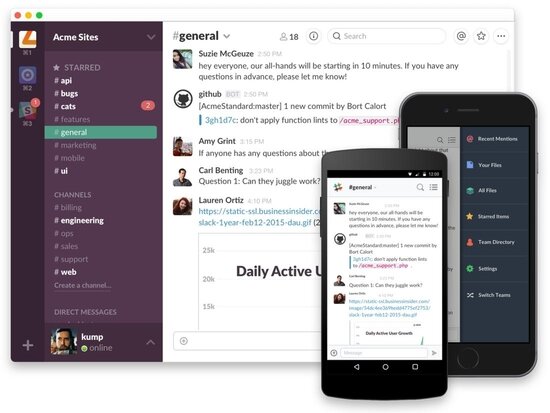
Slack is another new tool I’ve recently started using this year, it’s a collaborative project management tool and is great for getting groups of people together and talking in the same space.
I joined a group for bloggers and people building online businesses this year and found the tool to be very effective. This coming year I’m looking to implement it on a few of my own projects to see how efficient it can make them.
Fiverr – Outsourcing
What I use it for – Outsourcing anything I can’t do myself because it’s either too technical or can be done quicker and more efficiently by someone else.
Fiverr is the go-to tool I use for outsourcing. You can easily find someone who does exactly what you want to be done using this platform.
Earlier this year I wanted a sketch I’d drawn turned into a graphic so I could put in on some invites to my wedding. I found the right person and after some back and forth had the design a few hours later, and it didn’t cost much at all.
There are people all over the world willing to help you do the things you don’t necessarily want or have time to do, and who can do It efficiently and effectively at a good price. Fiverr is just one of those tools but one I’ve found to be easy to use and to get jobs done.
There are plenty of other tools and apps I tried out this year but haven’t added to this list. Some worked well for very specific tasks, while others I found didn’t help me as much or made things even more confusing.
That’s the benefit and the disadvantage of the time we live in. There’s so much technology and so many tools available to us today, but we have to determine exactly how we use them. It’s a trial and error process to see what works best for you to do exactly what you want done.
Just like in Jiu-Jitsu, there are hundreds of moves and thousands of ways to get the results you want to get, but in the end, you are just looking to get the result as efficiently as possible, the tools you use mean nothing if you don’t get the result.
That’s the continual process. Finding tools that work, removing tools that don’t, and applying them creatively to get the results you want.
I hope these tools help you to get more of your work done efficiently.

